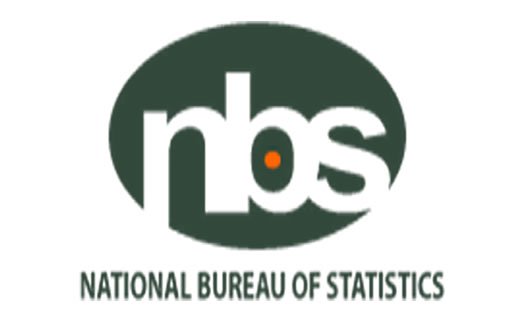Despite policy measures and other initiatives by the Federal and State governments to tackle the challenge of rising unemployment rate in the country, Nigeria’s crisis of joblessness has continued to accentuate with 23.18 million competent and fit Nigerians remaining unemployed as at last quarter of 2020.
Specifically, the National Bureau of Statistics (NBS) on Monday reported that the nation’s unemployment rate during the quarter rose to 33.3 percent, from the 27.1 percent rate recorded in the second quarter of the year.
The NBS in its report titled ‘Labour force Statistics: Unemployment and underemployment report- Abridged labour force survey under COVID-19 (Q4, 2020)’ stated: “During the reference period, the computed national unemployment rate rose from 27.1 per cent in Q2, 2020 to 33.3 per cent in Q4, 2020, while the underemployment rate decreased from 28.6 per cent to 22.8 per cent.
“A combination of both the unemployment and underemployment rate for the reference period gave a figure of 56.1 per cent.
“This means that 33.3 per cent of the labour force in Nigeria or 23,187,389 persons either did nothing or worked for less than 20 hours a week, making them unemployed by our definition in Nigeria.
“This is an additional 1,422,772 persons from the number in that category in Q2, 2020.
“Using the international definition of unemployment, the rate was computed to be 17.5 per cent”, the Bureau added.
On the distribution of the unemployed in urban and rural areas, the official statistics producing and reporting agency stated that the unemployment rate among rural dwellers rose to 34.5 percent in Q4, 2020, up from 28.2 percent in Q2, 2020, while urban dwellers recorded a rate of 31.3 percent in the quarter in review up from 26.4 percent recorded in Q2, 2020.
Also, the NBS reported that underemployment rate among rural dwellers dropped to 26.9 percent in Q4, 2020, from 31.5 percent in Q2 while the rate among urban dwellers decreased to 16.2 percent, from 23.2 percent in Q2, 2020.
A further analysis of the report showed that the number of persons in the economically active or working age population (15 – 64 years of age) during the quarter stood at 122,049,400, representing 4.3% higher than the 116,871,186 recorded in Q2, 2020.
Also, the report reflected that the number of persons in the labour force (people within ages 15 -64, who are able and willing to work) was estimated to be 69,675,468 or 13.22% less than the number persons in Q2, 2020. Of this number, those within the age bracket of 25-34 were highest, with 20,091,695 or 28.8% of the labour force.
The agency also reported that the total number of people in employment (people with jobs) during the quarter in review was 46,488,079. Of this number, 30,572,440 were full-time employed (that is, they worked 40+ hours per week), while 15,915,639 were under-employed (working between 20-29 hours per week). This figure is 20.6% less than the people in employment in Q2, 2020.






